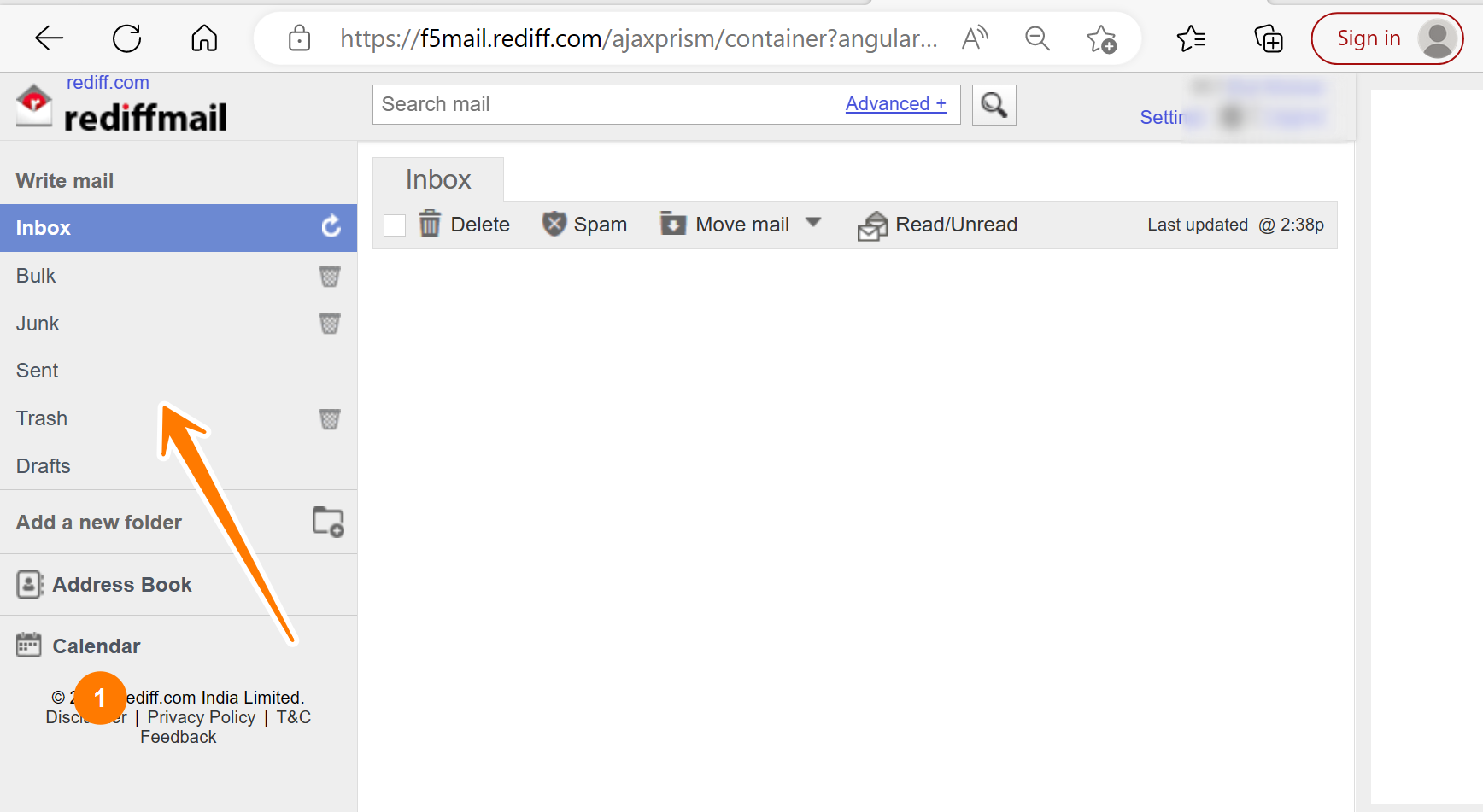Electronic Mail(E-mail)
Overview
Electronic Mail( or simply E-mail) is a paperless method of sending messages, notes, or letters from one person to another or even many people at the same time via the Internet. E-mail messages usually take only a few seconds to arrive at their destination.
E-mail Address
As in the case of a normal mail system, e-mail is also based upon the concept of a recipient address. The email address provides all of the information required to get a message to the recipient from anywhere in the world.
Consider the e-mail ID.
In the example above, “notifications” is the local part, which is the name of a mailbox on the destination computer, where finally the mail will be delivered. It is also called the username. Gmail is the mail server where the mailbox “notifications” exist, and .com is the type of organization on the net, which is hosting the mail server.
Email Folders
- Inbox: Contains the received emails
- Sent/OUTBOX: Contains the messages you have sent to others
- Compose: Opens the page where you write the message for sending to others
- Spam/Bulk: Unwanted commercial messages
- Drafts: Messages you have created but not sent
- Trash: Stores received messages those you have deleted

Advantages of E-mail
- E-Mail works 24/7. Based on the availability of the E-mail service, we can send and receive messages anytime and access the inbox anywhere.
- The copy of the message you have sent will be available whenever you want to look at it even in the middle of the night.
- We can send attachments such as a file, graphics, images, etc. along with the e-mail. This is added advantage of sending media content other than plain text messages.
- E-mail is cheap. Sending email messages to other states or countries is very cheap. We can send e-mail messages to a number of people around the world.




